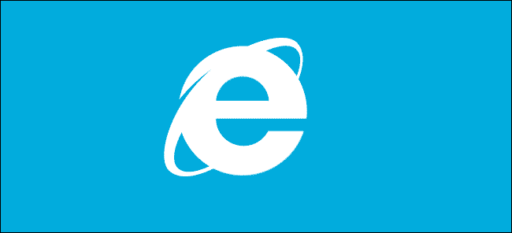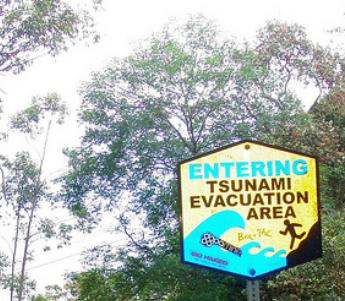It’s hard to realize how quickly the internet has become part of our everyday lives, but consider: In 1999 there were only 23 blogs on the internet, and by 2006 that number shot to 50 million. Blogs have come a long way, and they’re still a great vehicle for personal expression, organizational outreach, and even making money. If you want to create a blog, here are the factors you need to consider and a rundown of platforms and services you can use to optimize performance.
Choose a Name
Choose a unique URL that will stand out from the crowd. If you choose something forgettable and common, you may find yourself struggling to rise to the top of search engines. If it’s too similar to something else, even if you do rank high, your clicks could go to the site people think is yours. If it’s too hard to remember, people will forget it – and you need traffic to boost your rankings – to help you get more traffic.
Choose a Platform
This is one of the biggest decisions you’ll make for your blog, impacting not only the look and feel of your blog, but how easy it will be for you to update and customize it. Here you need to make choices based on your level of technical skill and the aim of your blog. If you’re blogging for personal enjoyment and you don’t want to monetize your blog, you can choose a platform that will host your blog for you. If your blog is going to be attached to an existing website or you need a higher level of customization, you can choose a platform that can be uploaded to another host. Here are a few of the most popular current options:
WordPress:
Around 27% of the internet uses WordPress technology, and for good reason. It’s flexible, has many available themes, and is useable whether you don’t know any code or you’re an HTML and CSS expert. WordPress.com is for hosted blogs. There is a free plan available that will give you a URL that looks like “yourwebsitename.wordpress.com”, but starting at $2.95 a month you can get a custom domain name and customer support through email or chat. The downside is that for the free and $2.95 per month options, you’re limited to 3GB data storage. That will be problematic if you want a graphics-heavy blog.
This WordPress.com is hosted solution, but you also have the choice to host it yourself to the hosting provider you prefer (suggestion below). You could download WordPress for free at WordPress.org, you will also have options to choose any free or premium theme from thousand of choices. Plugins which add functionality could be also downloaded from WordPress.org.
Ghost This is a fairly new player in the blogging game, but their streamlined design and open-source code make them a contender. You can use a Ghost framework on the host of your choosing, or you can buy a hosted Ghost(Pro) account starting at $19 per month. These feature unlimited data transfer and storage, unlimited themes to choose from, and good security. One of Ghost’s most interesting features is its side-by-side markup editor, so you edit HTML on the left side of the screen and see a live preview on the right side. It’s a major timesaver over WordPress if you’re doing some finicky coding.
Joomla Like WordPress, Joomla offers hosted blog software (Joomla.com) and self-hosted blog software (Joomla.org). Joomla offers robust support and has a fast, intuitive interface for WYSIWYG editing. It’s also notable for its multilingual capabilities–developers from all over the world can work in Joomla in over 65 languages.
Medium If content is king for you and the soapbox is your throne, Medium may be your best option. Medium is unique in that the main page features a well-visited digest of interesting new content from Medium bloggers. It’s emerging as a go-to place on the web for long form think pieces, compared to microblogging platforms like Twitter and Tumblr, though you can also easily upload multimedia content. The layout for Medium is clean and responsive, making it the perfect platform for mobile web surfers. Best of all, it’s completely free.
Find a Host
If you don’t choose a hosted blog platform, you’ll have to choose one yourself. In general, you want to look for something that offers a decent amount of data storage and bandwidth. Plenty of data storage is crucial if you will have a graphics-heavy blog. Even for a blog that doesn’t feature a great deal of graphics, don’t settle for less than 3GB of data storage. If you’re just starting out you can be less picky about bandwidth, but you don’t want your blog to shut down if you luck out and a blog post goes viral.
You’ll also need to decide whether you want a host that has dedicated web hosting or shared web hosting. Shared web hosting is much cheaper and often features unlimited data storage and transfer. The downside? Since you’re sharing a server with other websites, a spike in traffic on one of those other websites can affect how quickly your blog loads.
Some excellent choices for a host can be HostGator.
Day to Day Operations
Once you have your blog set up, update it at least twice a week, and make sure that your archives are easily searchable by meta tag and date. Remember this rule of thumb: You want everything on your blog to be two clicks away from the main page at maximum. If you can deliver fresh, interesting content to your readers, it’s a short trip to being able to monetize your blog.




